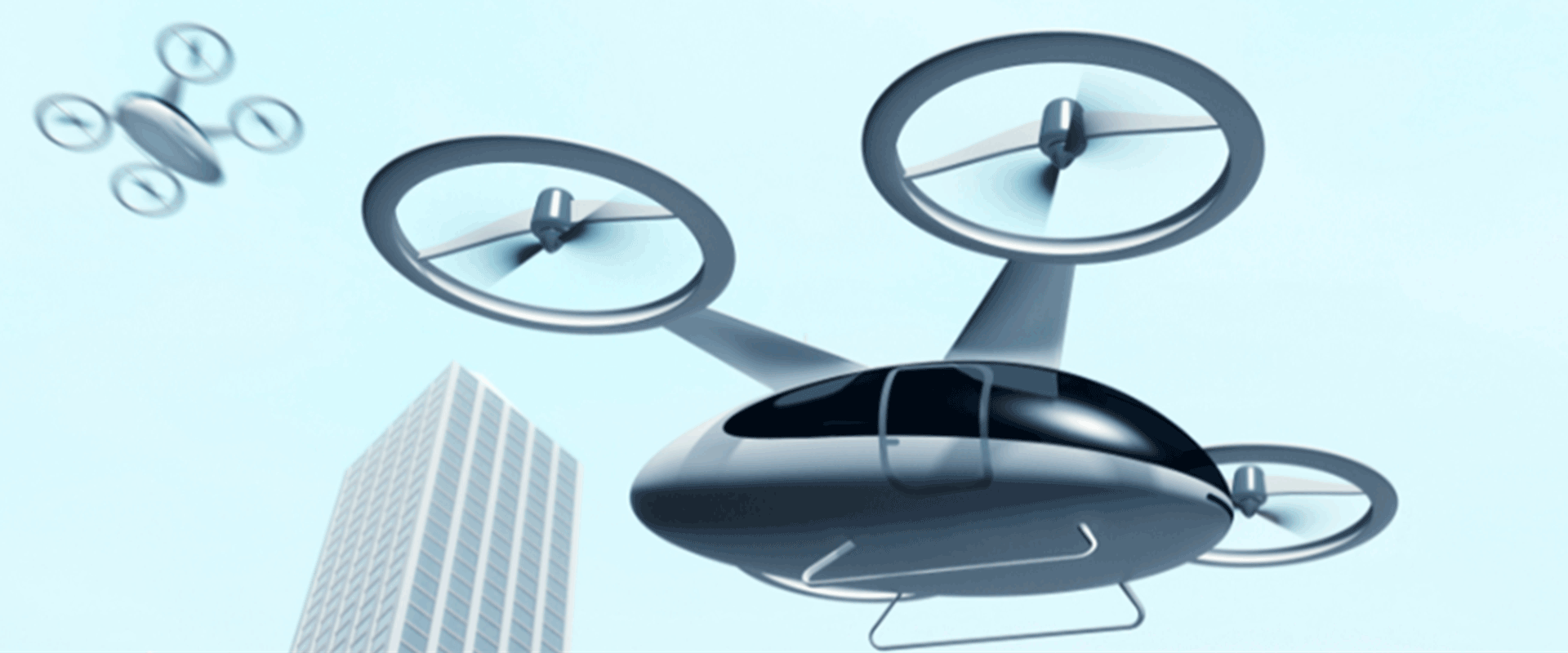Vertiport capital and operating costs
Vertiports are key pieces of infrastructure for AAM operations. They are designated ‘hubs’ for eVTOL aircraft, acting as terminals where passengers board and disembark and freight is loaded and unloaded, akin to airports for traditional aviation.
There are a wide variety of proposed vertiport designs with different levels of sophistication, supporting facilities and total capacity — from a basic take-off or landing pad through to a multilevel terminal with extensive support facilities such as hangar areas and gates, waiting lounges, and maintenance and repair services.
Vertiports could be built by repurposing existing infrastructure such as helipads, retrofitting high-rise buildings, or developing new structures on underutilised land or on rooftops. Alternatively, they can be integrated with existing ground transport through multimodal mobility stations and built on or near a train station or bus interchange.
Similar to eVTOL aircraft, capital costs for vertiports differ significantly by design. Vertiport construction costs will vary depending on the specific site and foundational structure; ground-based vertiports are likely to have lower costs than those built above ground on existing infrastructure.
Ideal locations for the early vertiports are likely to be in built-up areas, connected to existing transport hubs (airports, train stations, etc.), meaning the industry should plan for high initial costs. Given this, our model assumes the cost of vertiports could be between c. USD 3.5 million and 12 million for a leading global city, depending on size, purpose, location, access to energy supply and construction method. Notably, there are novel modular approaches that could materially reduce construction costs.
Additional costs may also be incurred depending on electricity grid capacity at the particular location, or in particularly complex locations where traffic disruption needs to be considered.
Lastly, market entrants in the AAM industry will need to comply with existing air space, noise, safety and security regulations. There will be an associated cost to integrate and optimise the industry. In the early years of inception, it is likely that AAM will be integrated into the existing airspace construct.
For many cities, including Melbourne, Class C controlled airspace around major airports extends into the central business district, meaning some level of air traffic control is required. Whilst not expected to detract from the investment case, these costs need to be factored into any commercial assessment.
Demand
Demand for AAM will be highly correlated to price, as discussed above, and the amenity delivered by the network. In the short term, it will be important for operators to choose the most attractive use cases and build up utilisation on early routes before expanding the network. In a rational market, we expect that operations will gradually add vertiports/routes once a certain level of utilisation is achieved on the primary routes. As the number of vertiports in the network grows, the number of potential operating routes grows non-linearly to accommodate scaled demand. As vertiports are added, connectivity improves exponentially, and demand grows.
The price of AAM will reduce over time. Approximating taxi prices in the long run is very achievable (see Figure 4). In the short term we expect AAM to displace the helicopter and light general aviation market, at the end of their useful life (where appropriate take-off/landing infrastructure can be constructed), and to supplement routes that are impacted by congestion, have poor travel time reliability and/or lack cost-competitive transport alternatives. Longer term, as the price decreases, it will replace some taxi and ride-share services for addressable journeys. The extent of displacement will depend on the time frame in which autonomous taxi/ride share becomes a reality.







